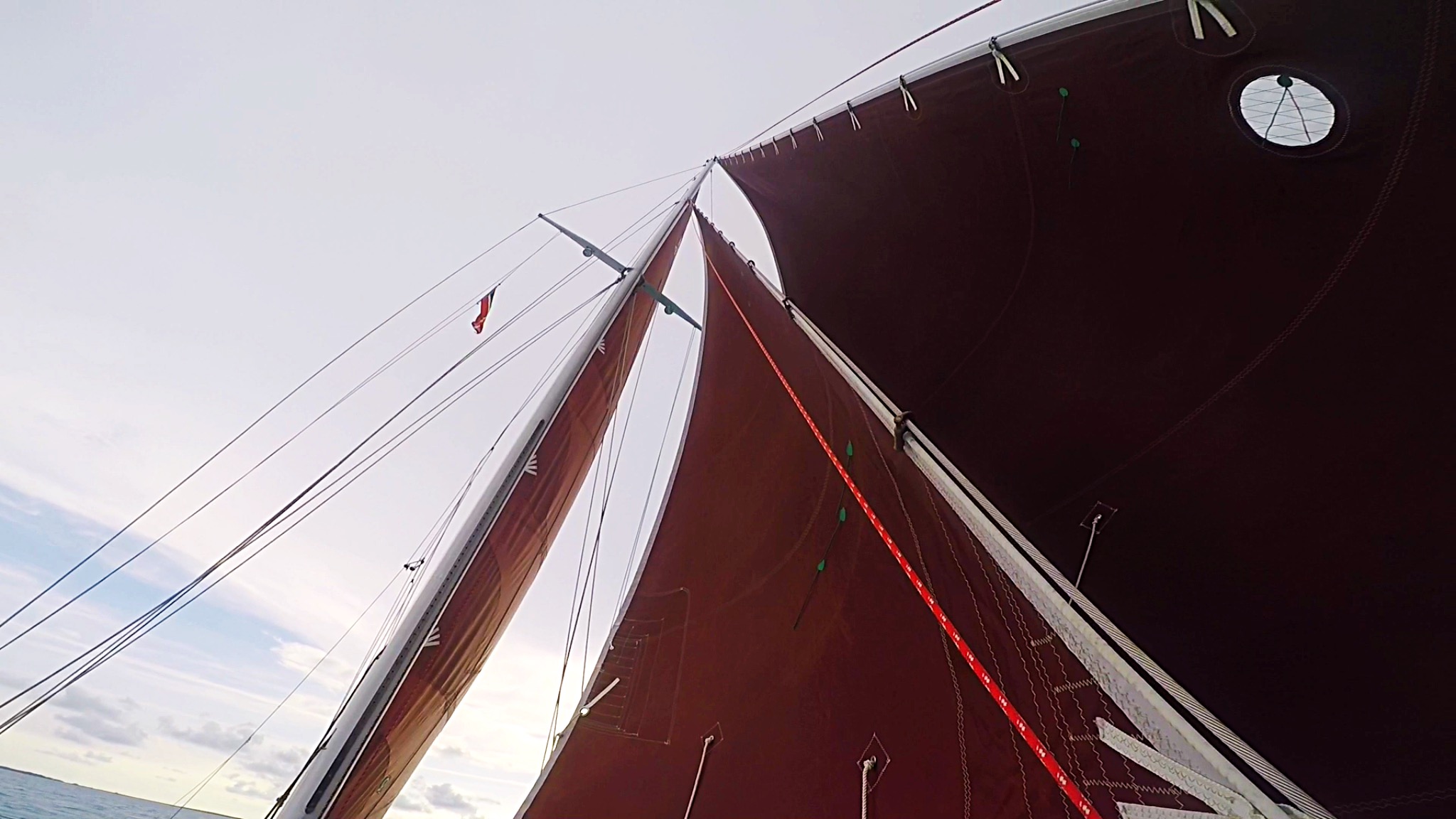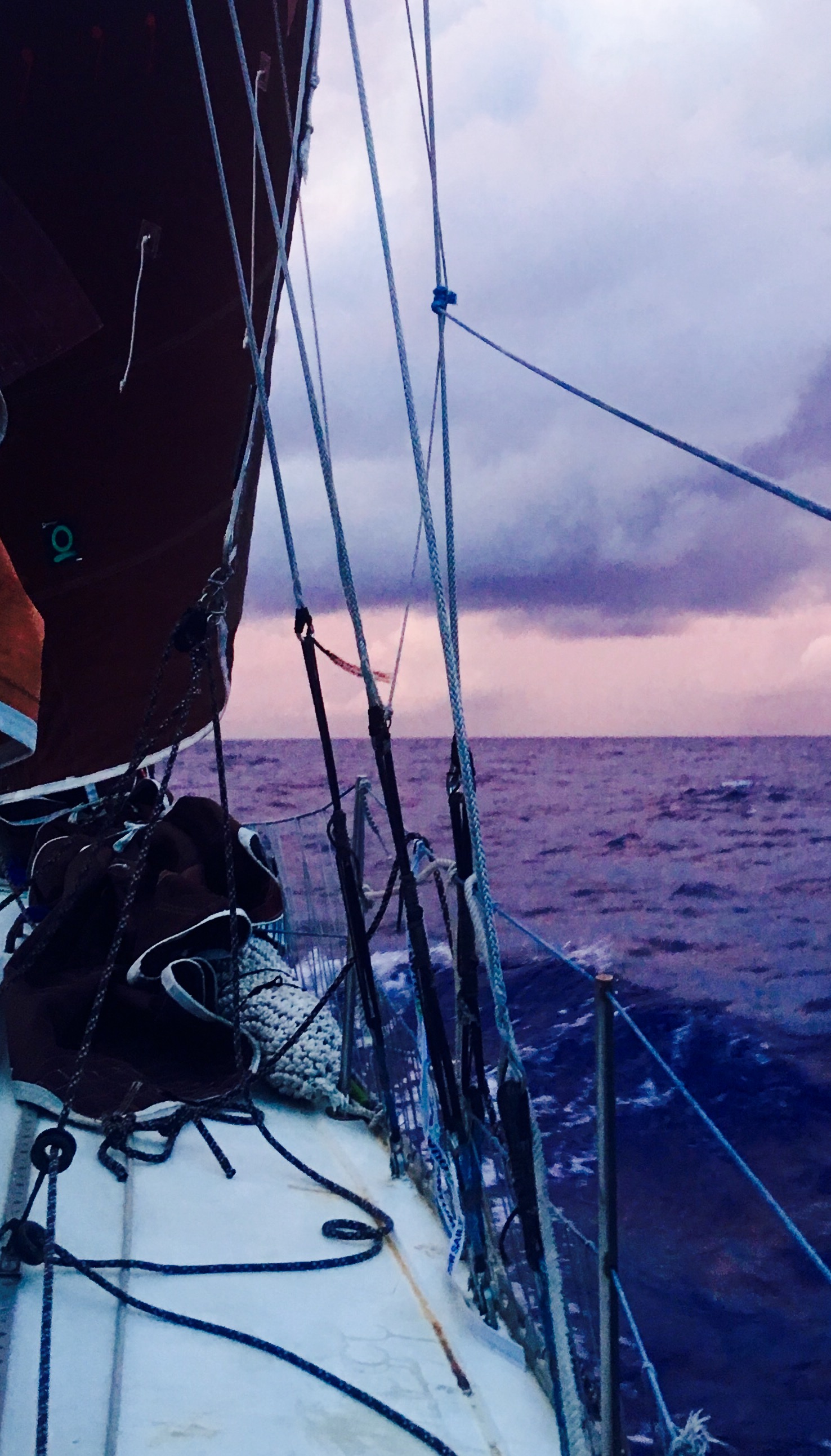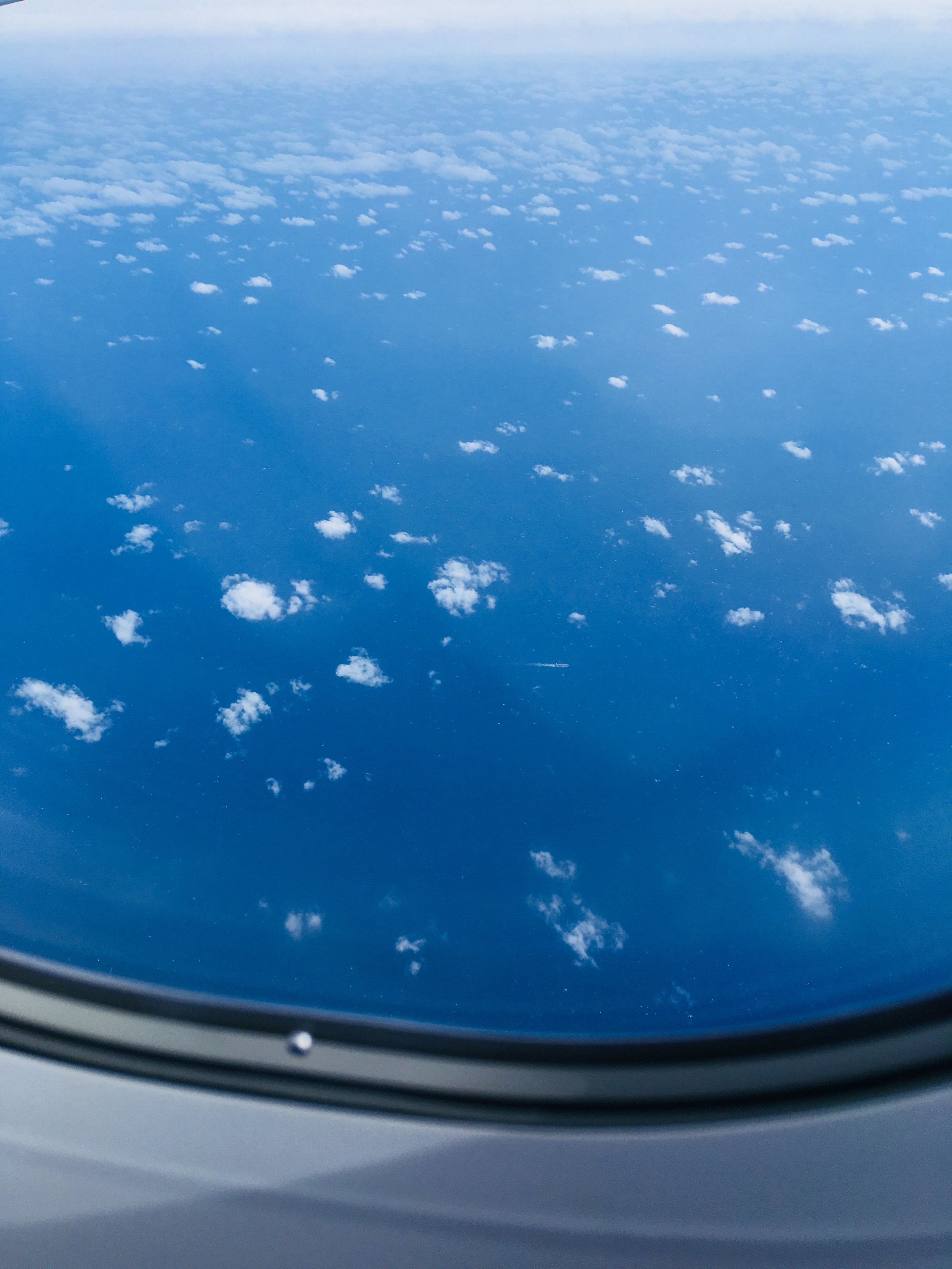Each cringle is a potential failure point, so reducing the number of cringles is a great way to reduce your exposure to problems.
Reefing tie points are the little ropes that go through your sail that you tie to hold the bottom of your sail neatly when you are reefed. If you have lazy jacks, they will hold your sail when it is reefed. A sail tie at the end of the boom will hold the end of the sail in place without the need of tying the little ropes! If you don't tie the little ropes, you won't have the issue of ripping the sail at these points.
Not putting the little ropes in the sail means that you have reduced a large number of potential failure points! In our mainsail, the first reef has 4 cringles, the second reef has 3 cringles, the third reef has 3 cringles. That's 10 potential failure points that can be removed by simply not using the little ropes.
The second area that can be improved is the tack points for reefing. Cringles in the sail are a potential fail point, while having the tack stitched onto the side of the sail with webbing will mitigate this problem by simply replacing your "hole in the sail" with a stitched on loop.
In our mainsail with three reefs and a Cunningham, the number of cringles was reduced from 20 to 7! The tack, Cunningham, head, clew, 1st reef clew, 2nd reef clew, and 3rd reef clew are the only "holes in our sail" that are loaded.
Now, having good sails when you set out to sea doesn't guarantee that you will arrive on the other side of the ocean with good sails! You need to be able to check the sails yourself and you should be able to carry out any repairs along the way.
It would behoove you to carry spare sailcloth, sail thread, and a method to sew the sail. You can have a fancy and expensive sewing machine, or you can also have a "Speedy Stitch" hand sewing instrument. Having it is great, but be sure you also know how to use it. Reading the instructions is nice, but be real here: open the thing up and practice with it before you go out to sea! While in shore, you can pull up a YouTube How-To video to answer a question, but you can't do that out at sea when you actually need to do the procedure.
While out at sea, you need to constantly check your sails for chafe! A common problem that will happen when sailing downwind is the mainsail chafing on the shrouds. It will reduce your speed, but simply not easing the mainsheet as far will keep your mainsail off the shrouds and reduce this point of chafe.
Your headsail's lazy sheet is another point of potential problems. The lazy sheet will lay limply across your deck, rising and falling as you move through the seas. This lazy sheet is just rubbing over and over again, chafing itself, as well as anything else it is touching. This may seem unnecessary to a coastal cruiser, but when crossing an ocean, you will be on the same tack for days, if not weeks! Something that is rubbing a little today will rub constantly until it saws all the way through!
Since you will be on the same tack for so long, it is easy to simply walk the deck and check for potential chafe points and position the lazy sheet in such a way that it doesn't rub. I like to pull enough slack on the sheet that it will lay flat and still on the deck all the way up to the clew, then raising up to reach the clew.











